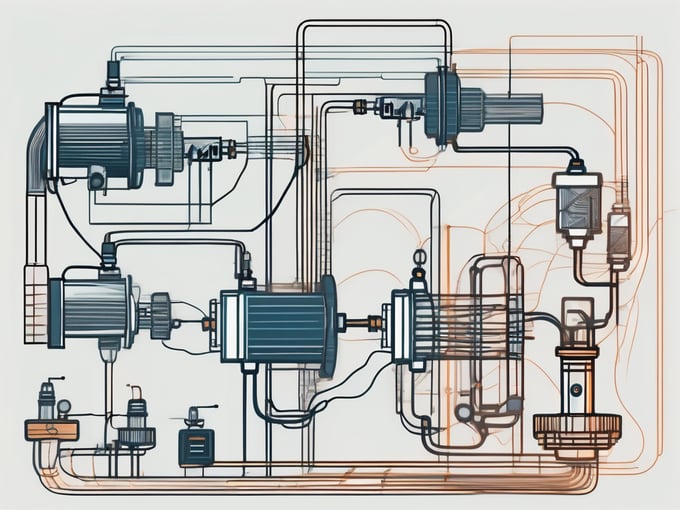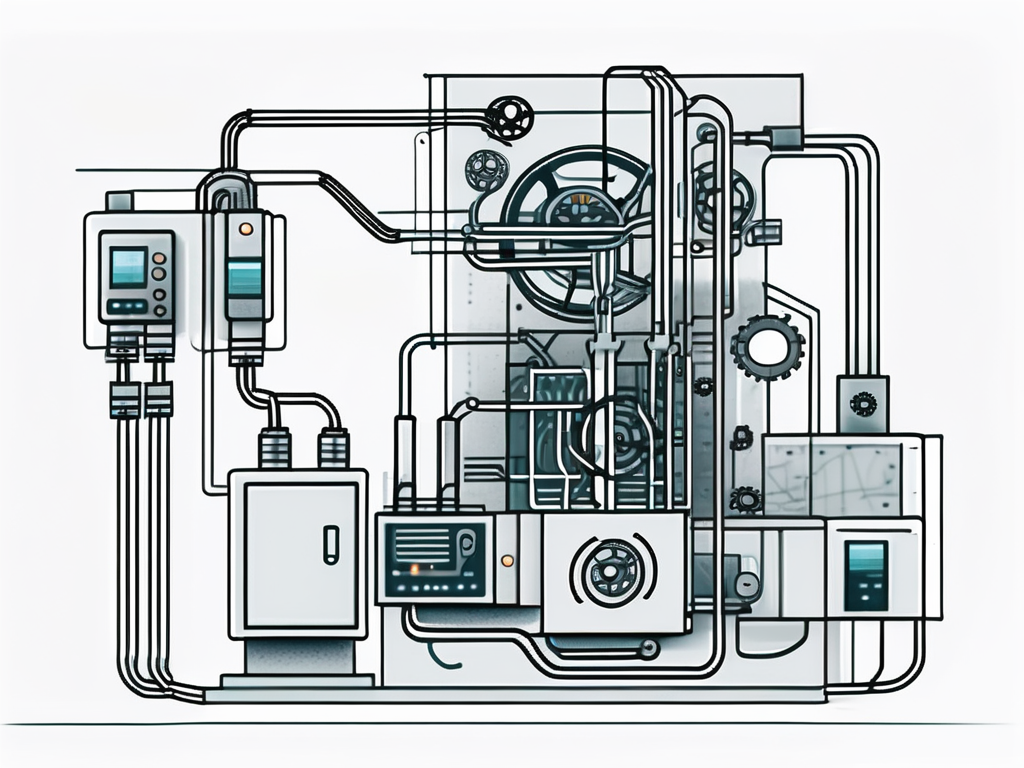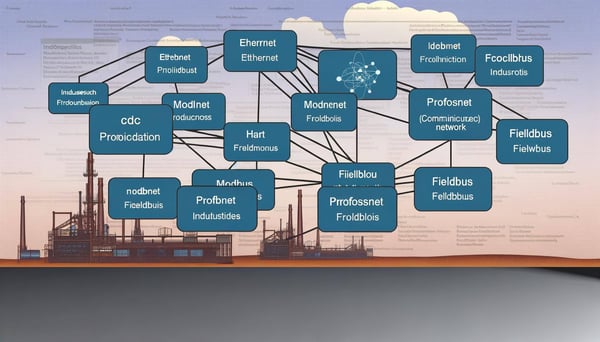
Fundamentals of MPI
In the world of industrial automation and control systems, communication protocols play a vital role in ensuring seamless interaction between various devices and components. One such protocol that has gained significant prominence in the field is the Message Passing Interface (MPI). This protocol, designed for high-performance computing, is a cornerstone in the realm of distributed computing systems.
Understanding the fundamentals of MPI is crucial for anyone involved in the design, implementation, or maintenance of industrial control systems. This knowledge can help to optimize system performance, improve system reliability, and facilitate the integration of new technologies.
What is MPI?
The Message Passing Interface (MPI) is a standardized and portable message-passing system designed to function on a wide variety of parallel computing architectures. The interface itself is a specification for the developers and users of parallel processors. It is a method of exchanging data between multiple, separate processes running simultaneously on the same or different computers.

MPI is not a language, but a library of functions and subroutines that can be called from languages such as C, C++, and Fortran. It provides a way for processes to communicate with each other by sending and receiving messages. These messages can be as simple as a single number or as complex as a large array of data.
How Does MPI Work?
At its core, MPI operates by allowing processes to communicate with each other through the exchange of messages. These messages contain both data and information about the data, such as its type and length. The sending process specifies the recipient of the message, and the receiving process retrieves the message from its incoming message queue.
MPI provides both point-to-point communication functions, which allow messages to be sent from one process to another, and collective communication functions, which allow data to be sent between groups of processes. These functions enable complex patterns of communication and synchronization between processes, facilitating the development of parallel applications.
Point-to-Point Communication
In point-to-point communication, messages are sent from one process to another. This type of communication is used when a specific piece of data needs to be sent to a specific process. MPI provides several functions for point-to-point communication, including MPI_Send, which sends a message, and MPI_Recv, which receives a message.
The sender specifies the recipient of the message, the tag of the message, and the communicator in which the message is sent. The receiver specifies the source of the message, the tag of the message, and the communicator from which the message is received. This allows for precise control over the communication process.
Collective Communication
Collective communication involves data exchange between more than two processes. This type of communication is used when a group of processes needs to share data. MPI provides several functions for collective communication, including MPI_Bcast, which broadcasts a message from one process to all other processes in a communicator, and MPI_Reduce, which combines values from all processes and returns the result to one process.
Collective communication functions require synchronization of processes, meaning that all processes must arrive at the function before any process can leave. This ensures that all processes have completed their part of the communication before the function returns.
Benefits of Using MPI
MPI offers several benefits that make it an attractive choice for parallel computing. Firstly, it is a standardized and portable system, meaning that an MPI program can run on many different types of hardware without modification. This makes it a flexible choice for a wide range of applications.
Secondly, MPI provides a high level of control over the communication process. The programmer can specify exactly how data is sent and received, allowing for the optimization of communication patterns. This can lead to significant performance improvements in parallel applications.
Finally, MPI supports a wide range of communication modes, including synchronous and asynchronous communication, buffered and unbuffered communication, and persistent communication. This versatility allows it to be used in a wide range of scenarios, from simple data exchange to complex distributed computing tasks.
Conclusion
Understanding the fundamentals of MPI is crucial for anyone working with industrial control systems. This powerful protocol offers a range of benefits, including standardization, portability, control, and versatility. By leveraging these benefits, you can optimize system performance, improve system reliability, and facilitate the integration of new technologies.

Whether you're a seasoned professional or a newcomer to the field, a solid grasp of MPI can help you navigate the complexities of industrial control systems and harness the power of parallel computing. So, delve into the world of MPI and unlock the potential of your industrial systems.



